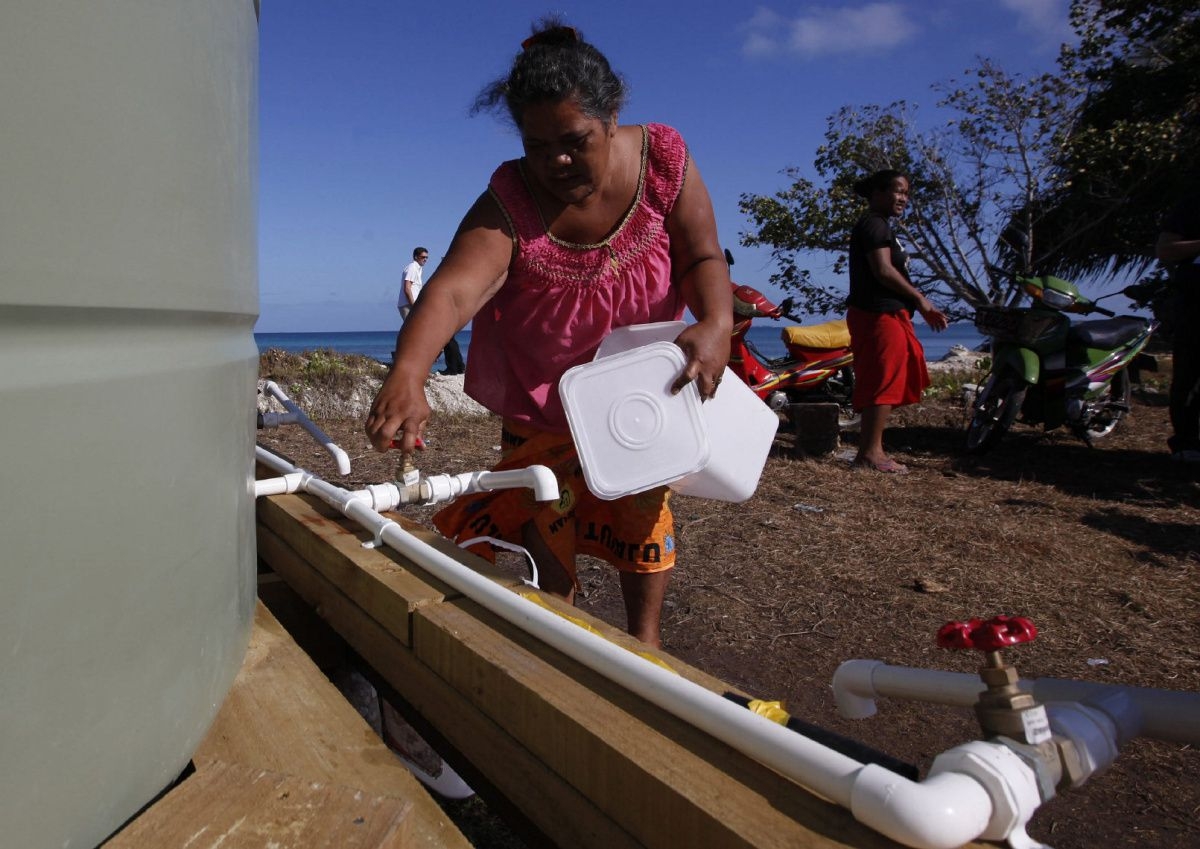Earlier this month the world learnt of the plight of Banabans, who had been living without fresh water for a year according to residents.
A social media post from an overseas-based Banaban gave a stark insight into the dire water shortages, and rallied support for the island’s estimated 12,000 inhabitants. Within days the Kiribati government dispatched bottled water, a desalination plant, water tanks and cement to repair existing but damaged water tanks.
One elder, Roubena Ritata told Pacnews it is a long-standing problem. “This water crisis goes back years and yet we do not have a permanent solution. While we are thankful, we are calling for an ambitious rehabilitation plan for Banaba which has been devastated by 80 years of mining.”
Yet the water shortages on Banaba are far from an isolated situation. Approximately 45% of all Pacific Islanders live without access to basic drinking water facilities, and approximately 70% don’t have access to basic sanitation. That’s the highest rate (as a proportion of population) of any region in the world. Some Pacific Islanders are living on close to the SPHERE standard, the minimum required fresh water needed for human survival, or what would fill a large biscuit bucket, per person per day.
David Hebblethwaite, the Water Security and Governance Coordinator at the Pacific Community (SPC) says while the numbers are alarming in terms of Pacific Islanders’ access to water and sanitation, our region faces many other complex and complicating issues.
“We are the most disaster impacted region in the world and 75% of our disasters are hydro-meteorological disasters, they’re related to water in some way,” he says.
“The water cycle in our small island communities is really small,” he continues. “We’re talking harvesting rainwater, and of course that can go in and out of drought really quickly, but also using groundwater that is so easily impacted by land use.
“So even the countries that against the SDG goals are doing pretty well compared to some of the other Pacific Island countries, they still have some really significant challenges going forward.”
To read the full story, login to your account or subscribe today.

One Comment “Severe drought and water crisis in Banaba”
Comments are closed.